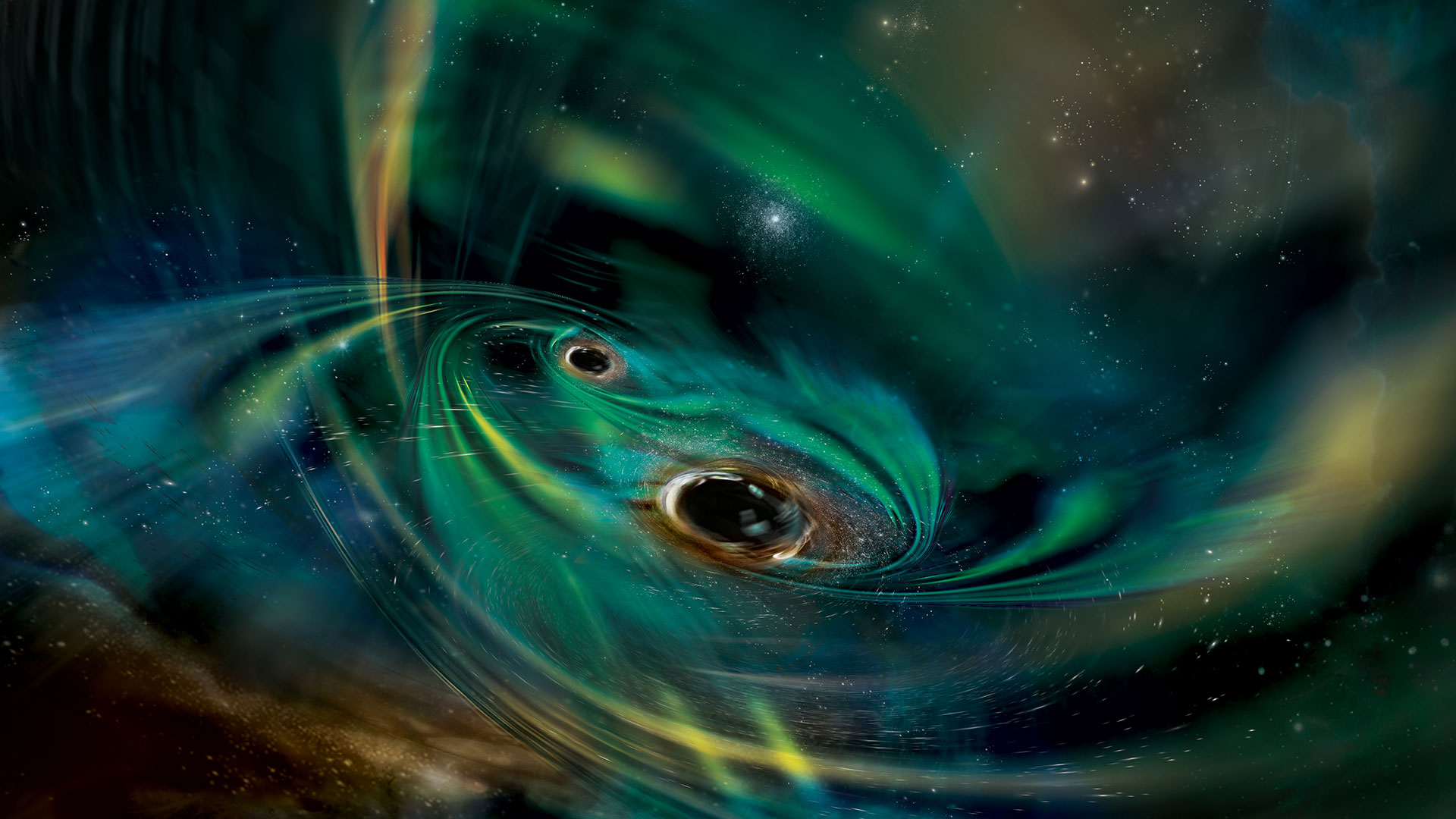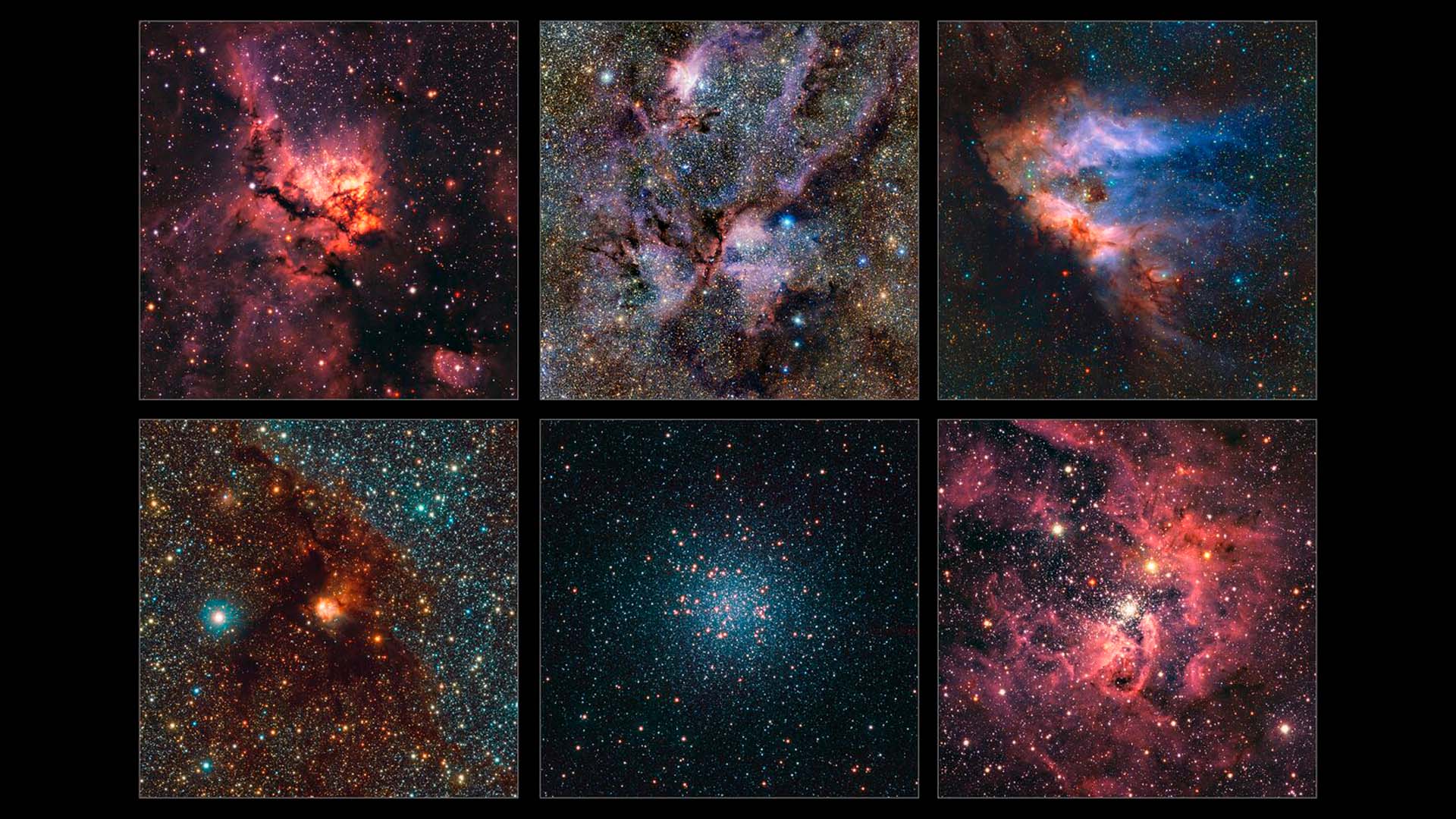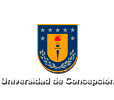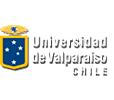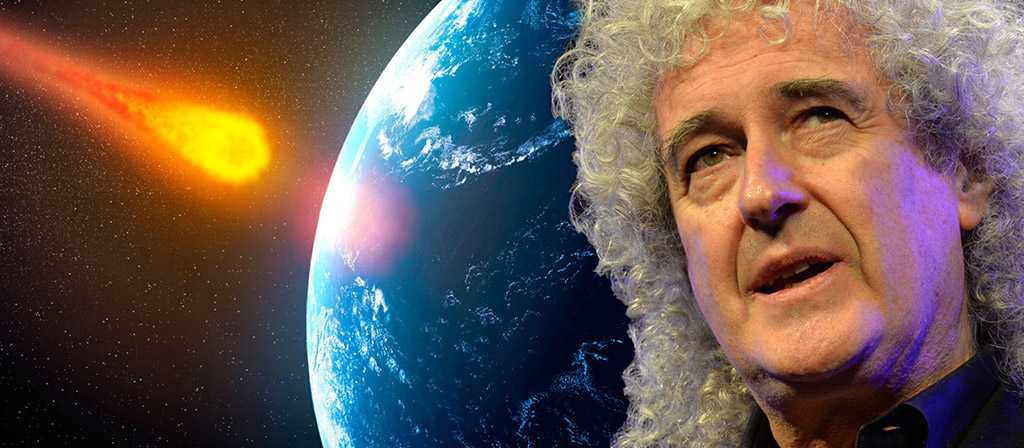
In 2017 we interviewed Brian May, Dr in Astrophysics and co-founder of International Asteroid Day. Possibly the most recognisable face of this global movement, he explains why it is so important to study these objects and increase their discovery rate exponentially. We remember this interview close to the celebration of the ninth asteroid festival that will take place in the Pueblito de Las Vizcachas.
He is the most visible face of a global movement that began in 2015, which seeks to raise awareness of the global threat of asteroids on Earth. Alongside him, artists, communicators and other renowned scientists such as Richard Dawking, Bill Nye, Brian Schmidt, Stephen Hawking, among others, have signed the Statement 100X which aims to increase the rate of asteroid discovery to 100,000 (or 100X) per year within the next 10 years.
A movement - led by filmmaker and activist Grigorij Richters, which has already been recognised by the United Nations - that brings together important institutions in 189 countries around the world, and which since 2017 has been coordinated in our country by the Millennium Institute of Astrophysics. We interviewed Brian May, PhD in astrophysics, guitarist of the band Queen and founder of Asteroid Day, to get his impression of the campaign and its exponential growth.
Personally, how important is Asteroid Day to you?
I have a particular fascination with asteroids, in fact, my PhD thesis was on these smaller asteroids and the dust particles found in our solar system that give rise to the zodiacal light in the sky.
Asteroid Day is an incredibly important day not only for me, but also for the whole community. We are raising awareness of the effects of an asteroid impact on Earth, along with the need to generate more research to detect and prevent these impacts. Currently, our surveillance of what is happening around us is not good enough. By raising public awareness of asteroids, this movement influences governments to prioritise asteroid detection and to create the necessary instruments to strengthen our detection rate. Our goal is to increase the detection rate of these objects that could hit us by 100 times. We are talking about doing something concrete to protect our population around the world. Which possibly means that one day we will be able to save our lives, our children's lives and our grandchildren's lives.
What role does Chile, and its scientists, play in the world of astronomy?
The importance of Chile in the world of astronomy, and in particular in asteroid hunting, cannot be underestimated.. The Atacama Desert is one of the best places in the world to observe space and therefore to detect and map new asteroids and their trajectories. Chile's importance is backed up by the current (and growing) number of observatories in the country, such as ESO's Very Large Telescope (VLT) and the future Large Synoptic Survey Telescope (LSST). What is interesting is that most of the asteroid search is concentrated in the northern hemisphere, so we have to expand it to the southern hemisphere to cover those large spaces in the sky. In this sense, Chile and its large number of observatories play an extremely important role.
How important are the activities being carried out, for example in Chile, to raise awareness of the importance of asteroid studies?
The activities carried out in Chile (as well as worldwide) are of tremendous importance. Not only do they raise awareness about asteroids, but they also provide a great platform for scientists and their research, exposing their findings and messages to a less informed general public. I am optimistic that the Asteroid Day educational mission will raise awareness of the need to allocate more resources to the discovery and mapping of these objects.. Their orbits must be determined very precisely in order to identify those that pose a potential danger to Earth in the next 100 years. By drawing a comprehensive map of our nearest solar system, we can have a head start in preparing and sending missions to deflect objects that are on a collision course with the Earth. With the technology we have today, we can do something about asteroid impacts, see the threat, minimise it and even avoid it.
